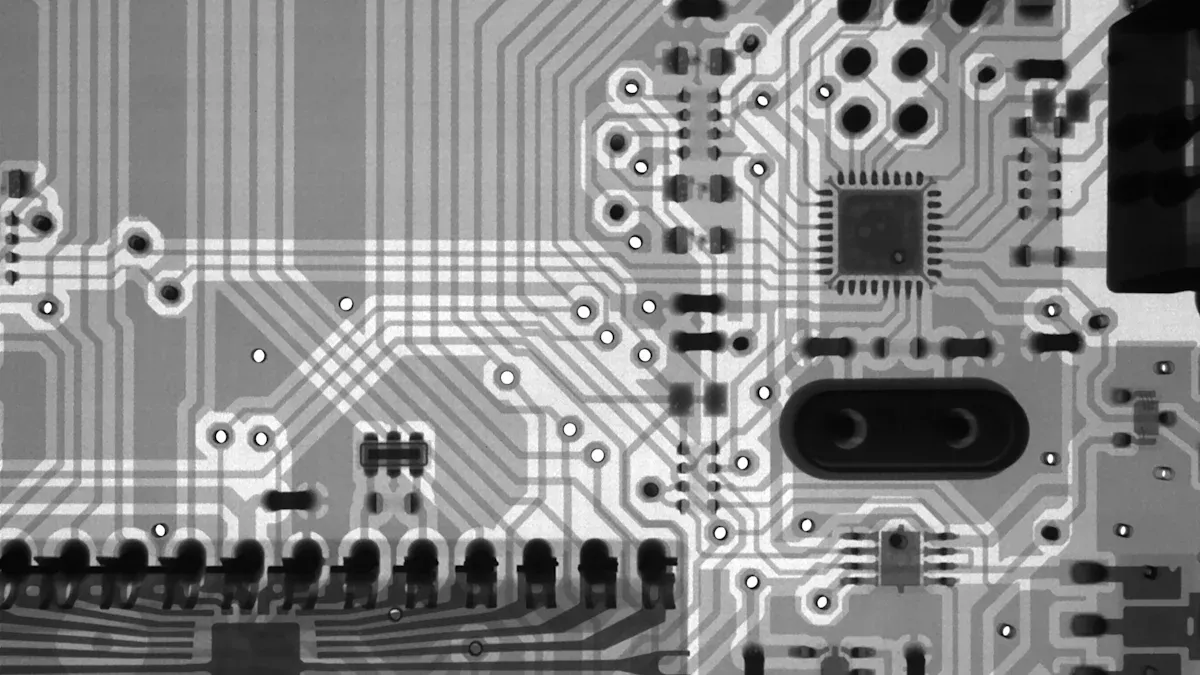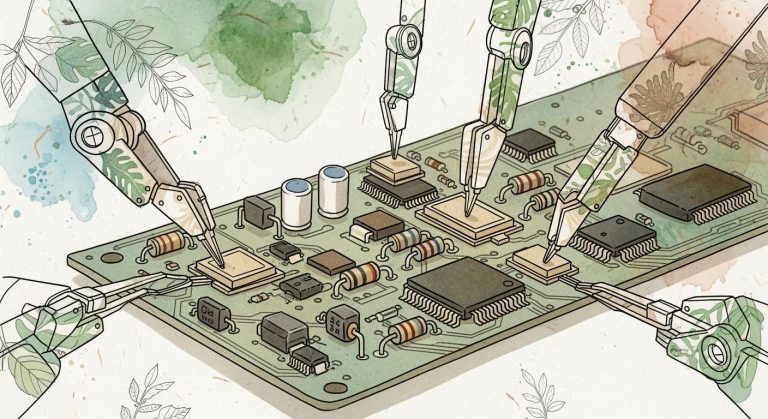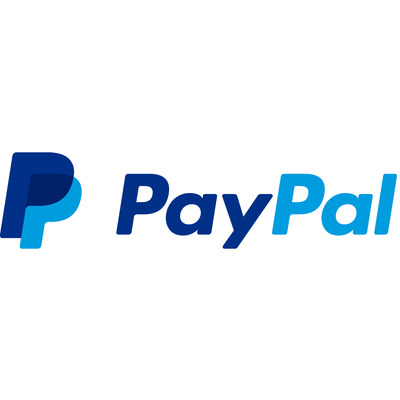Top Tips for Selecting the Right Flex PCB Assembly Provider
Choosing the right flex PCB assembly partner is crucial. A reliable manufacturer provides excellent quality, competitive prices, and quick turnaround times. For instance, a small ECG monitor company managed to save 75% on costs by utilizing a 2-layer flex design and making smart material selections. These adjustments not only reduced expenses but also accelerated production, allowing them to meet deadlines more efficiently. Whether you are dealing with complex PCBs or looking to cut costs, the right flex PCB assembly maker is essential for your success and maintaining your reputation.
Key Takeaways
- Pick a flex PCB provider with good skills and experience. Make sure they can handle tricky designs and special projects.
- Focus on quality by choosing providers with strong testing systems. This makes sure your PCBs work well and meet your needs.
- Look for certifications like ISO 9001 and UL. These show the provider follows safety and quality rules.
- Talk clearly with your provider about prices and delivery dates. This avoids surprise costs and keeps your project on time.
- Read reviews and examples of their past work to check their reputation. Real projects can help you decide.
Key Factors to Evaluate Flex PCB Assembly Providers
Picking the right flex PCB assembly provider takes careful thought. You need to check their skills, quality checks, and certifications. These steps help your project stay on track and avoid problems.
Capabilities and Expertise in Flex PCB Assembly
A provider’s skills are key to good flex PCB assembly. They should handle tricky designs, special materials, and custom PCBs well. Look for providers who show their skills with clear results and tests.
| Metric | What It Means |
|---|---|
| Frequency Response | Range of sounds a device can make |
| Channel Separation | How well left and right sounds are split |
| Total Harmonic Distortion (THD) | Errors caused by circuits |
Providers should also do strong testing, like:
- Component checks to confirm resistor and capacitor values.
- Solder tests to check for strong connections.
- Functional tests like sound sweeps to test performance.
- Stress tests to see how parts handle tough conditions.
Using test boards early can catch problems before production. This helps make sure your design is strong and ready for large orders. A skilled provider can manage both simple and complex projects.
Quality Control and Assurance Processes
Quality is super important in flex PCB assembly. A good provider will have strict checks to meet your needs. Here are some tests they should use:
| Testing Method | What It Does |
|---|---|
| DFM Report | Prevents mistakes and saves time. |
| PCBA Functional Testing | Checks product quality. |
| Soldering Reliability Test | Tests how strong soldering is. |
| AOI Optical Inspection | Uses machines to check for errors. |
| FAI First Article Inspection | Checks the first item made. |
| X-ray Inspection | Finds hidden problems inside parts. |
| ICT Testing | Tests how circuits work. |
| Aging Test | Checks how long products last. |
| Functional Test | Makes sure the product works right. |
| Electrical Performance Test | Measures how well electricity flows. |
These checks make sure your PCBs work without issues. Providers who focus on quality save you time and money later.
Certifications and Compliance Standards
Certifications show a provider follows important rules. They prove the provider cares about quality, safety, and the environment. Look for these certifications:
| Certification | What It Ensures |
|---|---|
| UL Certification | Meets safety rules. |
| ISO 9001:2015 | Keeps quality consistent. |
| ISO 13485:2016 | Follows medical device rules. |
| ISO 16949:2016 | Meets car industry standards. |
| IECQ 0800:2017 | Proves electronic parts are high quality. |
Certified providers follow global rules and give you confidence. These certifications are important for medical, car, or tech projects.
Materials Selection and Technology Used
The materials and tools used in flex PCB assembly are very important. They affect how well your circuit board works and lasts. Picking the right mix helps your design work well and stay affordable. When choosing a pcb manufacturer, check their materials and technology options carefully.
Key Material Considerations
Flex PCBs need special materials to handle bending and stress. Here are key things to think about:
- Base Material: Polyimide is popular for flex PCBs. It handles heat and bends well. Make sure your provider uses top-quality polyimide.
- Copper Foil: Copper type and thickness affect strength and conductivity. Thin copper is good for light designs. Thick copper is better for high power.
- Adhesives: Good adhesives stop layers from peeling apart. Choose providers with heat- and moisture-resistant adhesives.
- Coverlay Films: These films protect circuits and stay flexible. Check if your provider uses strong coverlay materials for longer life.
Advanced Technologies in Flex PCB Assembly
New tools help pcb manufacturers make better custom PCBs. Look for these advanced methods:
- Laser Drilling: This makes tiny holes for better electricity flow and saves space.
- Automated Optical Inspection (AOI): AOI finds mistakes early, keeping prototypes high quality.
- Surface Mount Technology (SMT): Advanced SMT tools place parts faster and more accurately. This saves time.
- Flexible Circuit Testing: Tests like bending checks ensure flex PCBs work well under pressure.
Tip: Ask your provider about their materials and tools. A factory with good equipment and many SMT lines works faster and better.
Why Material and Technology Matter
Good materials and tools are key to your project’s success. Bad materials can crack or peel, and old tools cause delays and cost more. Picking a provider who uses quality materials and modern methods ensures your circuit board works well in real use.
Cost and Turnaround Time in PCB Assembly
Keeping Costs Low Without Losing Quality
It’s important to balance cost and quality. Cheap options can cause problems later. Check how providers save money but keep good quality. Things like materials, skilled workers, and new tools affect costs. For example, assembly costs range from $0.02 to $0.05 per square inch. This depends on how complex the design is and the materials used. Picking a provider with fair prices and high standards ensures your circuit board works well in real life.
Checking Delivery Times and Schedules
Fast delivery is very important, especially for prototype PCBs. A good provider should offer flexible delivery to meet deadlines. Some providers can finish small orders in just 24 hours. A 96.15% on-time delivery rate is a good standard to check. Ask about their production ability and how they handle rush orders. Providers with advanced tools and smart processes can deliver quickly without lowering quality. This helps you get your prototypes ready for testing on time.
Watching Out for Extra Costs
Hidden fees can mess up your budget. Look beyond the first price when comparing providers. Ask about extra charges for fast delivery, custom designs, or testing. Some providers may add costs for design changes or special services. To avoid surprises, ask for a full cost list upfront. Knowing material, labor, and extra fees helps you plan better. A clear provider will explain all costs, so their service fits your budget and needs.
Tip: Always ask questions about costs and delivery times. Clear communication with your provider helps avoid delays and surprise expenses.
Customer Support and Communication in Flex PCB Assembly
Getting Help When You Need It
For flex PCB projects, good help is important. Problems can happen anytime, from design to making the product. A provider with a helpful support team can guide you. They can fix design problems or improve your circuit board’s performance. This saves time and effort. Find a pcb manufacturer that offers 24/7 help or quick replies. This ensures your project stays on schedule, even with tight deadlines.
Quick Replies to Questions
Fast answers show a provider cares about good service. You should get quick replies about materials, timelines, or costs. Slow answers can delay your project and cause missed deadlines. A good provider listens to your concerns and solves them fast. For example, if you need a quick prototype, fast replies are crucial. Test how fast they respond when you first contact them. This shows how they will communicate later.
Honest and Clear Updates
Clear updates build trust with your provider. They should tell you about progress, delays, or extra costs. Honest updates help you plan better and avoid surprises. For instance, if materials run out, a good provider will inform you and suggest options. Pick a partner who shares updates and gives detailed reports during the project.
Tip: Good support and clear communication are as important as skills. They help your project go smoothly and meet your goals.
Reputation and Reviews of PCB Providers
Picking a flex PCB assembly provider means checking their reputation. Reviews, testimonials, and references show how reliable they are. These help you understand their skills and how happy their customers are.
Looking at Testimonials and Case Studies
Testimonials and case studies show what a provider has done before. They give real examples of successful projects. Find case studies that match your needs. For example, if you need a flex PCB for a medical device, look for similar projects they’ve completed.
Check the details in these testimonials. Do they mention fast delivery, good quality, or helpful support? These signs show the provider cares about their clients. A strong list of case studies proves they can handle different challenges and deliver great results.
Tip: Ask the provider for examples of past projects. This helps you see if they’re a good fit for your needs.
Checking Online Reviews and Ratings
Online reviews are useful for learning about a provider’s reputation. Websites like Google Reviews or Trustpilot often have feedback from past customers. These reviews show how well the provider meets deadlines or fixes problems.
Look for common themes in the reviews. Are people happy with their tools or upset about hidden fees? Balanced reviews help you know what to expect. Be careful with providers who have many bad reviews or no reviews at all. No reviews might mean they’re new or not trustworthy.
Note: Don’t just look at star ratings. Read the comments to understand why customers gave those scores.
Asking for References from Past Clients
Talking to past clients is a great way to check a provider’s reputation. Ask the provider for references and contact these clients directly. Prepare questions like:
- Was the PCB high quality?
- Did they finish on time?
- Were there any surprise costs or problems?
Hearing from past clients gives honest opinions about the provider’s work. It also shows if they can handle projects like yours. Providers who trust their work will share references easily. If they hesitate, it could be a warning sign.
Pro Tip: Ask for references from clients in your field. Their feedback will be more helpful for your project.
Final Checklist for Picking a Flex PCB Assembly Provider
Checking Provider Credentials and Certifications
Before choosing a provider, check their credentials and certifications. These show they follow rules and know their job well. Look for certifications like ISO 9001 for quality or UL for safety. These prove the provider can make strong and safe PCBs. Ask to see these certifications and make sure they’re valid. Certified providers are more reliable and lower risks for your project.
Tip: Providers with industry-specific certifications, like ISO 13485 for medical devices, are better for special projects.
Comparing Different Providers for the Best Choice
Don’t pick the first provider you find. Compare several options to find the best one. Look at their skills, prices, and delivery times. Ask for quotes and samples from at least three providers. This helps you check their quality and value. See if they have experience with flex PCBs and tricky designs. Comparing providers carefully helps you pick one that matches your needs.
Pro Tip: Make a table to compare costs, delivery speed, and support. Tables make decisions easier.
Matching Provider to Project Needs
Your provider should meet your project’s needs. Share your design plans and requirements early. Confirm they can handle your PCB’s design, materials, and size. Ask about their testing methods to ensure your boards work well. Providers with modern tools and flexible systems can adjust to your needs better. Clear communication avoids mistakes and delays.
Reminder: Pick a provider who offers custom options and good support. This keeps your project running smoothly.
Picking the best flex PCB assembly provider is very important. Check their skills, certifications, and how well they communicate. This ensures your designs are handled by experts. Focus on quality and trust instead of just saving money. A good partner makes strong PCBs, meets deadlines, and protects your reputation.
Remember: The right provider does more than build your boards—they support your success. Choose carefully to see great results in every part of your project.
FAQ
1. What should you look for in a flex PCB assembly provider?
Check their certifications, testing methods, and materials used. Make sure they have experience with tricky designs and advanced tools like SMT and AOI. A big factory with many production lines means faster work and better quality.
2. How can you ensure your flex PCB design meets industry standards?
Pick a provider with certifications like ISO 9001 or UL. These show they follow safety and quality rules. Ask for a DFM report to spot design problems early and ensure your PCB works well.
3. How do you avoid hidden costs in PCB assembly services?
Ask for a full cost list at the start. Check for extra fees like fast delivery, custom designs, or extra testing. Honest providers will explain all costs clearly, helping you plan your budget better.
4. Why is fast proofing important for flex PCB projects?
Quick prototypes let you test designs early and fix issues before mass production. Providers with advanced SMT tools and smart systems can deliver prototypes in 24 hours, keeping your project on time.
5. How does customer support impact your PCB project?
Good support helps with clear communication and solving problems fast. Providers with 24/7 help can fix design or production issues quickly, keeping your project on track.
Tip: Test how fast a provider replies by asking questions early. Good communication is key to a successful project.





















